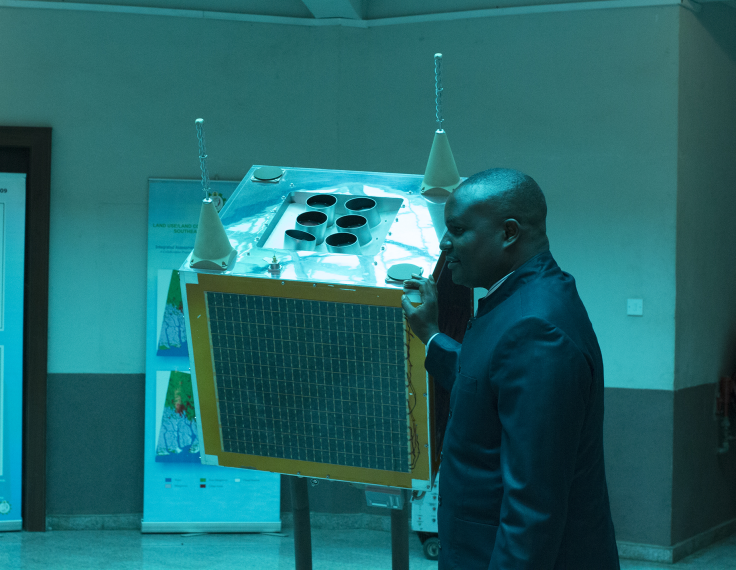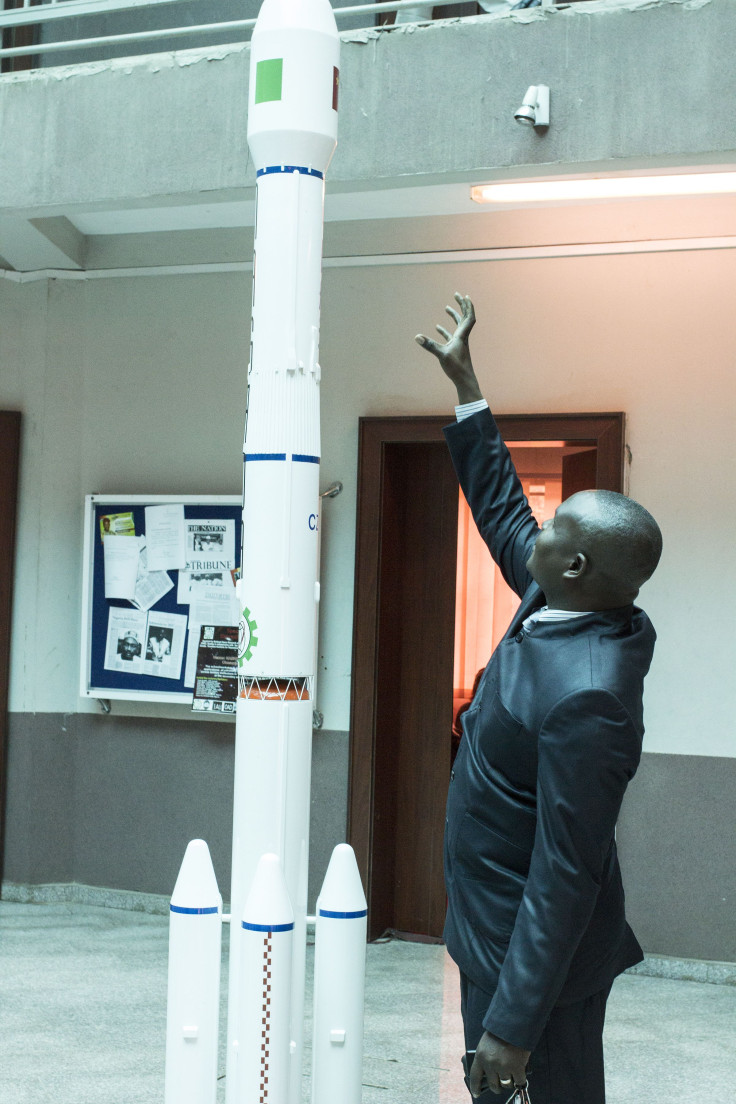Nigerian Space Agency's Satellites Searching For Schoolgirls Abducted By Boko Haram

Nigerian authorities have a pair of eyes in the sky helping them search for the 276 schoolgirls who were kidnapped by the Boko Haram terrorist group on April 14.
Though the program is not well-known beyond the country’s borders, Nigeria’s space agency, called the National Space Research and Development Agency (NASRDA), flies several multimillion-dollar satellites aimed at collecting data on agriculture, natural disasters, elections and other areas of interest.
Now that the Nigerian public’s attention is focused like a laser on the response of President Goodluck Jonathan’s government to the kidnapping crisis in Northern Nigeria, NASRDA has been tapped to join the search for the girls and their extremist abductors.
Felix Alle, head of NASRDA’s Media and Corporate Communications division, told International Business Times Friday via telephone that the agency is using two of its satellites to gather data and images to help with the rescue effort, in the latest in a string of successes for the country’s space program.

“We are providing images to all the security agencies,” he said. “The only thing you can do is to make available images and satellite data, so we have been doing that from time to time, and we are doing that now. Any satellite data they want from us we are making it available so they can find those ladies as soon as possible.”
Boko Haram is believed to be based in northeast Nigeria’s Sambisa Forest, and the girls are thought to be hidden there and in nearby areas, perhaps in neighboring countries Chad and Cameroon.
But the Sambisa Forest is notoriously dense and difficult to penetrate, so NASRDA’s assistance provides a unique way for Nigerian authorities to assess what and who may be hidden in its deepest reaches as U.S. experts arrive in the country to assist in the search.
“We are giving them images of the Sambisa Forest so they can look for possible hideouts for terrorists. Satellites can only make images available to map out the area. So that we have been doing to support the relevant security agencies in carrying out their day-to-day assignments,” Alle said.
“Right now our satellites do not really have the capability to pin down terrorists in a particular location. No satellites can do that. What you can use satellites to do is provide data to map out the area very well so you can find potential hideouts for terrorists.”

The satellites being used, dubbed NigeriaSat-2 and NigeriaSat-X, were launched from Russia in August 2011. Built by Nigerian engineers working in the United Kingdom, NigeriaSat-2 is one of the agency’s most advanced, carrying high-resolution 32m and 2.5m cameras capable of capturing detailed images detecting objects as small as a car from the Earth’s orbit. The data and images from the two satellites can be analyzed at NASRDA’s headquarters, which IBTimes visited on the outskirts of Nigeria’s capital city of Abuja in August, as well as its smaller outposts spread across the West African country.
The satellites’ reach goes beyond Nigeria to the entire world, and as a participant in the Disaster Monitoring Constellation, an assemblage of satellites manufactured by Surrey Satellite Technology, NASRDA’s satellites were tapped by various governments to provide fresh images in the immediate aftermath of post-Hurricane Katrina New Orleans, the 2006 wildfires in Australia and other disaster zones.
That capability will come in handy for the search and rescue effort, as Jonathan said the kidnapped girls have likely been broken up into smaller groups and taken out of the country by members of Boko Haram, whose leader, Abubakar Shekau, said in a video message that the girls will be sold and married off at ages as young as 9 years old.
Jonathan has come under increasing fire for his inability to find the schoolgirls and eliminate the persistent threat of Boko Haram, so the NASRDA satellites may play an integral role as he ramps up the search effort.
"By God's grace, we will conquer the terrorists. I believe the kidnap of these girls will be the beginning of the end for terror in Nigeria," Jonathan said at the opening of the World Economic Forum meeting Thursday in Abuja, according to CNN.

© Copyright IBTimes 2025. All rights reserved.





















